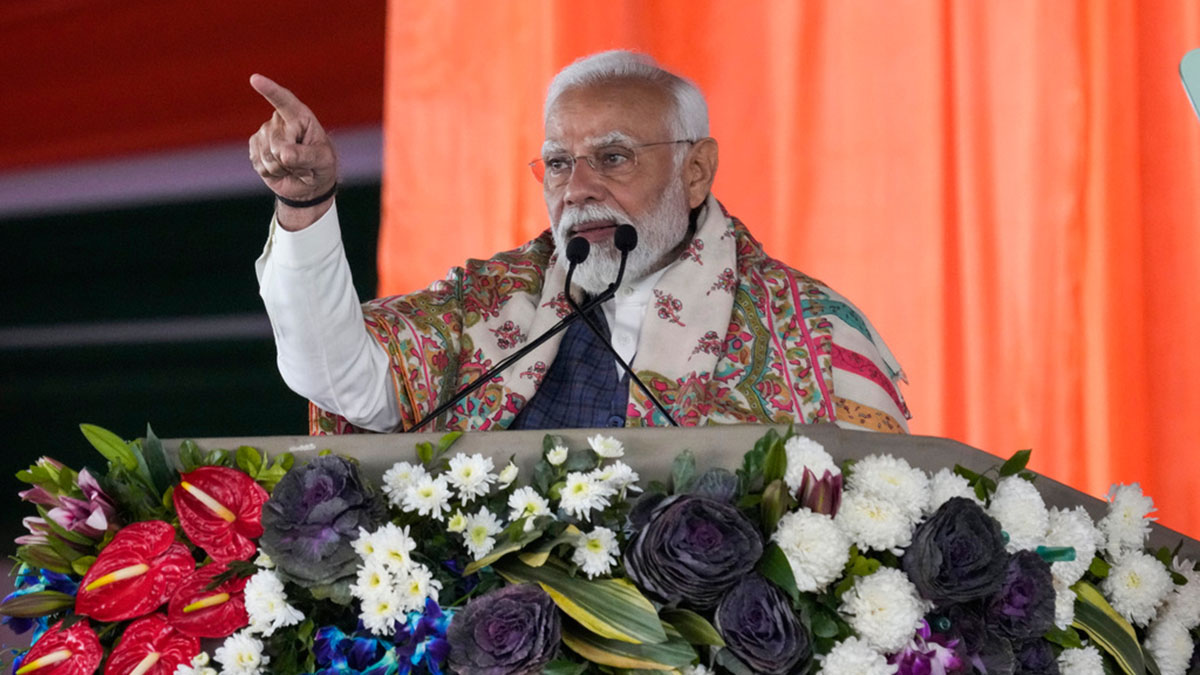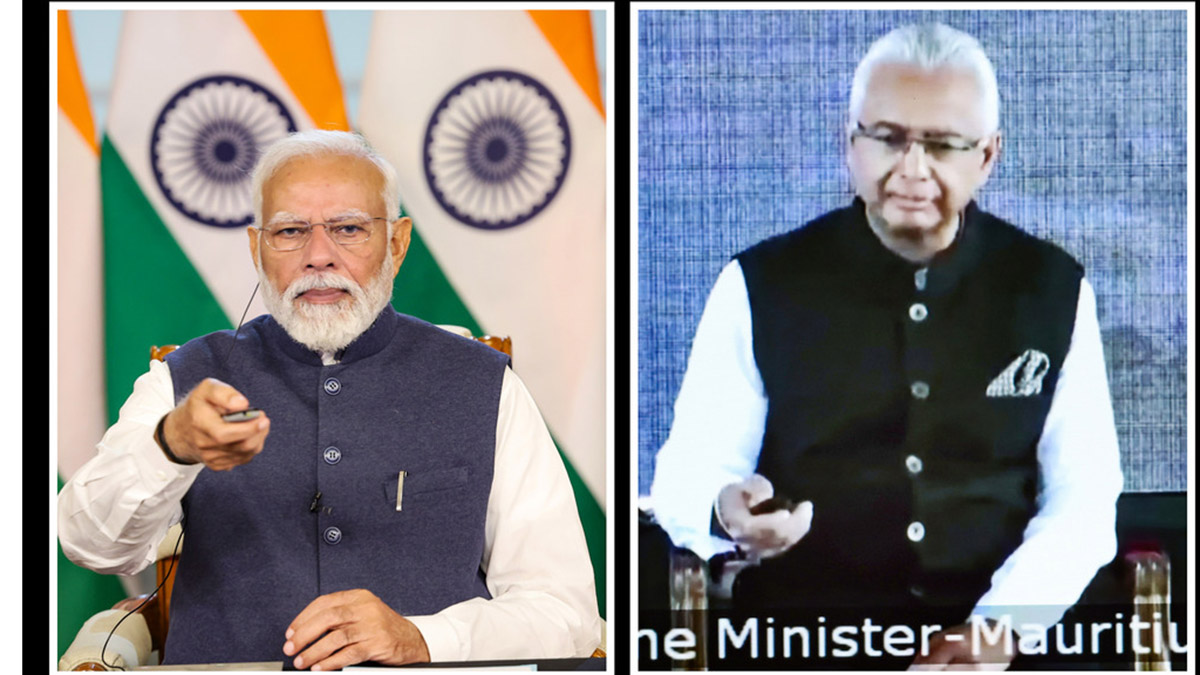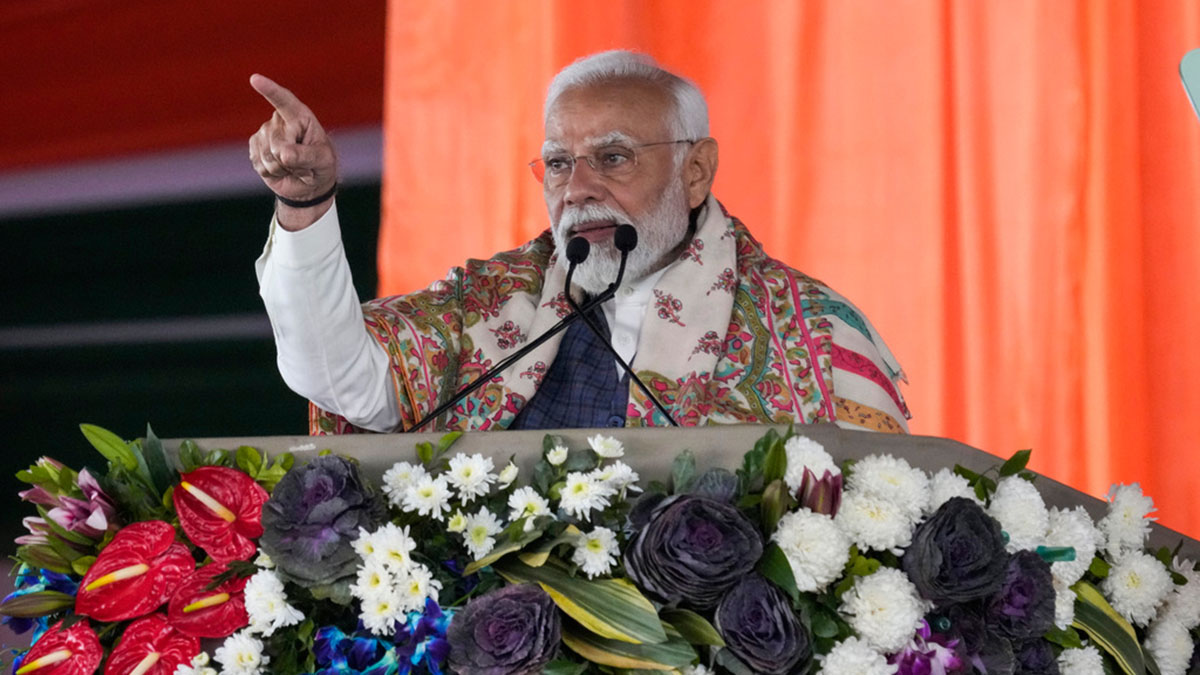By Vamsee Juluri
It’s not often perhaps that a serious writer like Pankaj Mishra gets compared to Sean Hannity or Rush Limbaugh.
But when someone absurdly declares that the Hindu middle class will prove to be more “treacherous” than Al Qaeda, the Islamic State, and the Taliban, readers will indeed say such things (see the article and comments here ).
Mishra’s essay is an incredible exercise in distortion and denial. Even if one grants that there is a glimmer of good intention around his apocalyptic vision–his criticism of the Hindu nationalist leadership’s intellectual inertia and book-burning calls, for example–the problem with the sheer fictiveness of his idea of India remains.
Mishra begins with an oddly anachronistic reference, Naipaul’s decades-old picture of India as a wounded civilisation, and then goes on to paint one of the strangest pictures of India’s present and future anyone has done.
Here are some of his assertions.
“Today a new generation of Indian nationalists lurches between victimhood and chauvinism… many ambitious members of a greatly expanded and fully global Hindu middle class feel frustrated in their demand for higher status from white Westerners.”
What Mishra doesn’t seem to have noticed is that victimhood doesn’t quite describe the post-liberalisation generation’s worldview. The India they were born into is one where upward mobility is a greater reality for them than it was for their parents. Even if inequality, reckless consumerism and status obsession remain serious problems, the fact is that many marginalised communities have moved up into the middle classes since liberalization (and one tea-seller went even further up).
As a result, there is far more social openness and mobility in terms of caste and gender in India today as well, and most of all – a strong sense of cultural confidence. The new middle classes feel unapologetic about being Hindu, Indian, or whoever they are, unlike earlier post-colonial generations. Mishra’s attempt to somehow depict their emotional self-perception as “victimhood” is awkward and inaccurate.
And as for Mishra’s belief that the Hindu middle class goes around craving “higher status from white Westerners,” one can only wonder where he got that idea from.
This is not to say that there is no resentment or chauvinism among the new middle classes. They do exist; in religious, linguistic, ethnic, caste, national, and of course, gendered terms. In the last few decades, India has also seen the rise of nativisms and identity politics of quite ugly kinds, and some of these do take place in the name of Hindus. But there is a vast difference in criticising that, and in bending truth recklessly as Mishra does here.
Most Hindus, and most Indians, it may be safe to say, are exhausted by the pointlessness of identity disputes in a deeply diverse land that has seen different groups live together mostly peacefully rather than not for several millennia now. That might well be the reason why Narendra Modi won on a platform of good governance for all rather than the usual divisive identity-politics. And yet, Mishra characterises the 2014 election as follows:
“Narendra Modi, India’s new prime minister and main ideologue of the Hindu-nationalist Bharatiya Janata Party, is stoking old Hindu rage-and-shame over what he calls more than a thousand years of slavery under Muslim and British rule.”
As far as I can tell, Narendra Modi has spoken in the last few months about several things, including toilets, space exploration, teachers, and even ornamental fishery (presumably as a less cruel alternative to fishing), but I am yet to notice any of this “Hindu rage and shame” in Modi’s speeches. Whatever obnoxious claims some of the less self-restrained Hindutva zealots might keep making, Modi himself been solidly inclusive, and in an idiom most Indians recognise as such.
This fact may not convince critics who maintain that the inclusive Modi is a mere smokescreen for some nefarious hidden agenda. But it is important to recognise that India has given Modi a mandate for inclusiveness and not for exclusive or divisive identity politics. One does not have to like or dislike Modi to simply recognise that there has been an expression of popular will by the people of India that they reject hateful identity politics of the sort Mishra fears as well.
However, since democracy doesn’t seem to register on Mishra, he goes on then to to offer a rather skewed account of a recent public address by the Sarsangchalak of the RSS:
“In an unprecedented public intervention this month, the present chief of the RSS, who wants all Indian citizens to identify themselves as Hindus since India is a “Hindu nation,” appeared on state television to rant against Muslim infiltrators and appeal for a boycott of Chinese goods.”
While “rant” is a word one can argue over here, the fact remains that even parts of the Indian press usually skeptical of the RSS and its Hindu nationalist ideologies described this as an unusually inclusive speech (read the whole thing here ) - the same chief Mishra portrays as a frightening demagogue has gone on to urge Hindus to get over thinking of Hinduism as “ their ancestral property ”. Soon after Modi’s election, the RSS called for a better conversation on recognising “gay rights”, a move that would have seemed unthinkable even a few years ago. All of these signals are important to consider, and yet, Mishra seems keen on ignoring most of what is being said even by the RSS to pounce upon one or two comments made in the context of concerns about security and economic sovereignty.
We have to wonder what might have led Mishra to present such a strangely skewed picture of today’s India. There are indeed valid things to reasonably criticise in the present moment, but Mishra has gone beyond anything like reason. This tendency has not unfortunately been confined to his writing alone. There has been a monumental reluctance on the part of secularist critics of Hindu nationalism to recognise that their attacks on Hindu nationalism have gone “ off course ”. Wholly dependent on unchecked 19th century colonial and orientalist prejudices and errors, their argument has simply failed to see why Hindu nationalism, at least in its less virulent forms, has captured the hopes of the Hindu middle classes.
Secularism, simply, has become a discredited fringe fad in what is historically one of the most religiously diverse and tolerant lands on the planet. Is the reason for that just massive hate from the Hindu middle classes as Mishra seems to think? Or is it just that the secular custodians have simply emptied their crusade of all reason and meaning?
Mishra writes this.
"… this ressentiment of the West among thwarted elites can assume a more treacherous form than the simple hatred and rejectionism of outfits such as Al Qaeda, the Islamic State and the Taliban."
The Hindu middle classes are going to end up more treacherous than the “simple hatred” that smashes airplanes into towers with thousands of people in them? Pankaj Mishra seems to have just called a few hundred million people possible future mass murderers. I hope he realises that. I hope he also realises that even if the Hindu middle classes seem to be craving some kind of catch-up with the West, they are also seeking through prosperity and gadgetry not just imperial fantasies of domination but also the very things Hinduism teaches to prevent one’s disappointments from turning into greed and violence, things like “ahimsa” , for starters. For several centuries, Hindus have still kept their ethics, relatively speaking, in the face of far worse than whatever thwarting Mishra thinks they are going to get now.
In a way though, Mishra’s conclusion that only democracy can save India is not incorrect. After all something has indeed been saving India from becoming just one more pit of “religious” hatred, crusades, witch-hunts, inquisitions, genocides, imperial conquests, and mass destruction of families through slavery for several centuries now. That “something” was not quite democracy, strictly speaking, because no one voted back then. But it was a way of “ knowing the world ” that made it possible for people to live together and not slaughter each other over trivial differences like the different names of God.
It was a way of knowing the world that made it possible for new philosophies, spiritual movements, gods, goddesses, saints and legends, to rise from below and merge into each other’s stories and meanings in a reflection of coexistence far more than conflict. It was a way of knowing the world as sacred that did not require a massive global bureaucracy to nitpick and enforce interpretations.
We never have called all of that democracy, true. We just called it Hinduism.
The author is Professor of Media Studies, University of San Francisco. He has authored several books, including Becoming a Global Audience: Longing and Belonging in Indian Music Television (Peter Lang), The Mythologist:A Novel (Penguin India), Bollywood Nation: India through its Cinema (Penguin India); and The Guru Within (Westland, forthcoming).


)




)
)
)
)
)
)
)
)